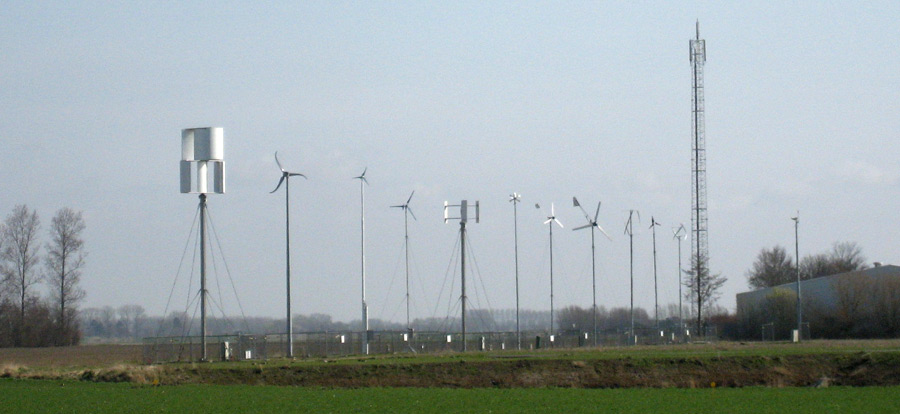The December prices for Heritage Gas customers were announced today. The news was not good. The cost for residential customers in NS is the highest it has been in almost 6 years. Essentially the highest prices since Heritage Gas started in Nova Scotia. Residential Customers will now pay a total of $19.88/GJ.
In Nova Scotia, prices for Natural Gas are a combination of two numbers.
The Base Energy Charge cost is a representation of the cost to install and maintain the Natural Gas infrastructure and pipelines. This figure is set annually by the UARB.
The Gas Cost Recovery Rate is a straight pass-through of the commodity cost of Natural Gas. This price corresponds to the market cost for Natural Gas in New England.
The current Base Energy Charge (for 2012) is $7.982/GJ and the December Gas Recover Rate is now $11.99/GJ ($7.982 + $11.99 = $19.88). The December rate is almost twice the November rate of $6.17/GJ.
While Natural Gas prices fluctuate throughout the year, and are traditionally highest in the winter months, there are two main reasons for prices being the highest in 6 years.
First, demand is increasing. There are many reasons for this, which include the historically low prices of natural gas in the past few years, and short term availability of other sources such as nuclear and oil due to events such as Hurricane Sandy.
Second, there have been supply issues with production at Sable and delays with Deep Panuke. In late November, this led to what I believe is a first: the Maritimes Northeast Pipeline which connects Nova Scotia to the North American Natural Gas Grid was reversed to import gas to NS rather than export. (Allnovascotia.com – November 30, 2012 – “Absent Panuke, Expect more Gas Price Spikes”)
Demand going up + supply going down = Prices Increasing
The bad news for Heritage Gas customers is that November is only the start of the peak season, and 2013 will bring further increases in the Base Energy Charge in addition expected increases in the Gas Recovery Rate.
The bad news for all Nova Scotians is that the biggest Natural Gas consumer in the province is Nova Scotia Power.

